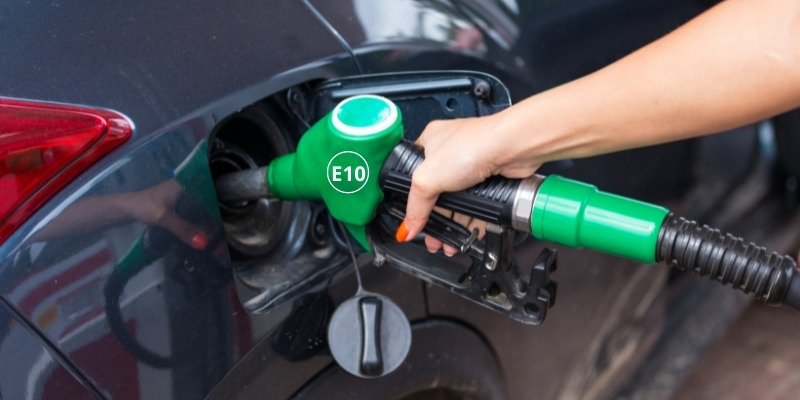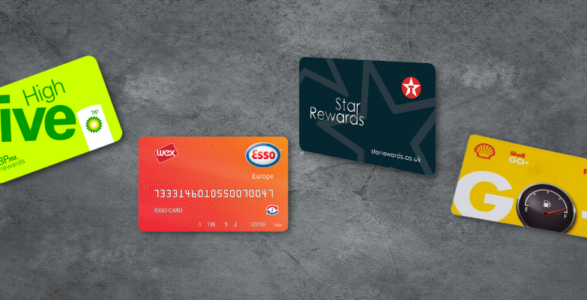E10 Fuel Explained

Published 3 December 2021
What is E10 fuel?
E10 was introduced to UK filling stations in September 2021, as the new standard petrol grade.
It gets its name from the fact it contains up to 10% bio-ethanol. It is a greener blend of petrol than the E5 fuel (which only continued up to 5% bio-ethanol) that Britain has been using for years. Which means lower carbon emissions.
The Department for Transport claims that the introduction of E10 petrol will help reduce transport-related CO2 emissions and should see a reduction in petrol prices.
Interesting Fact: The ethanol is produced by fermenting plants such as wheat, corn and sugar beets into alcohol.
How will E10 fuel affect fuel economy?
The UK Government recognises that E10 petrol can see a slight reduction in fuel economy, of around 1%. This is because the new mix has a slightly lower energy density than E5.
That means that if you’re filling up a 50-litre fuel tank on your car, you can expect to pay an extra £1.00 when filling up.
How do I know if I can use E10 in my car?
Not all cars will be suitable to run E10 fuel. However, if your car was manufactured in 2000 or later there is a good chance it will be compatible.
The UK Government has created an online E10 vehicle checker to see if it is safe to use E10 fuel in your vehicle.
You’ll need to know the vehicle manufacturer to use the service. You may also need:
- the vehicle model
- engine size and
- year it was manufactured.
What if I accidentally use E10 fuel in a non-compatible car?
- Unlike putting diesel in a petrol car or petrol in a diesel car, you don’t need to drain the tank to avoid permanent damage to your car and engine if you put E10 fuel in your car by mistake.
- The government suggests that putting E10 petrol in a non-compatible car on a one-time basis should not result in your car’s engine being damaged as a result. That said, it recommends avoiding prolonged use of E10 petrol in a non-compatible car as this can result in long term harm to the engine.
- If you do fill up with E10 fuel, don’t panic – just remember to fill up with super unleaded or premium fuel next time. It might even be worth topping up with one of these fuels once you’ve used up some petrol and you’ve got some space in the fuel tank.



